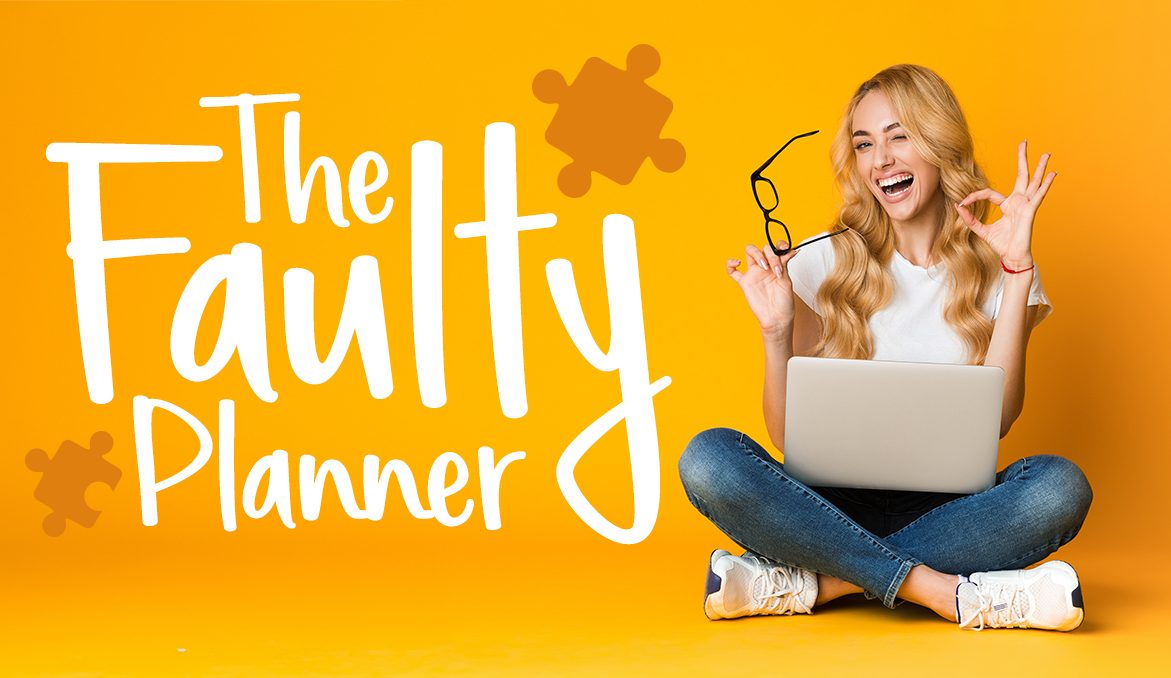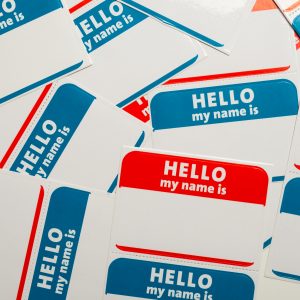Attracting visitors to an event is not an easy task. Your blood sweat and tears have gone into meticulously planning everything, now you just need people to come along and be wowed and engaged by your vision (well that’s the dream). So, what is the best way to do this?
I recently attended a networking event where the topic of the day was Inbound marketing. I know about traditional marketing or Outbound as I have recently discovered it is called, but this presentation blew my mind, clearly, I have been missing a trick, I have not been optimising my Inbound marketing.
If you are anything like me, event planner to the core, you are probably wondering what on earth does Inbound marketing mean. Is it just another newfound way to confuse the non-professional marketers amongst us? I found this description from HubSpot which seemed to sum it up easily for my brain to compute
“Inbound marketing is focused on attracting customers through relevant and helpful content and adding value at every stage in your customer’s buying journey. With inbound marketing, potential customers find you through channels like blogs, search engines, and social media.”
Unlike outbound marketing, inbound marketing does not need to fight for a potential customer’s attention. By creating content designed to address the problems and needs of your ideal customers, you attract qualified prospects and build trust and credibility for your event.
I have been using social media etc. to attract visitors to events but it’s clear that I have not been using my event websites to their full potential.
I know having website presence is a must in this modern world but just having one clearly isn’t enough, you really must take the time to research and develop it properly. After all it’s the best way that people can find out about your event without speaking to you directly.
Your website is the face of your event 24/7, 365 days of the year, it’s your number 1 salesperson it’s your number one marketing employee, so its needs to have everything. In fact now that I think about it, the number of event websites that I visit where there is limited information, certainly no additional content around what this event offers me, there are no links to other pages including sponsors and I rarely see an FQA.
So, what is the way forward and what should we doing?
As I am certainly no Inbound marketing expert so I spoke to my friends at Yello Veedub, a specialist Inbound Marketing Agency to see what their two key pieces of advice were.
#1 Use smart content
Create your website using smart content also known as dynamic content. Static websites are hard-coded and display the same information to all viewers at all times. Dynamic websites pull their content from a database and construct webpages on the fly, meaning that the data displayed can change to suit the viewer.
In fact, most websites these days are dynamic. There are not so many static websites around. This is because they’re both more powerful and more flexible. As the data is stored in a database and completely separate from the visual design, it’s very easy to update the look of the site. The content isn’t all mixed in with the display code.
Smart content works on much the same principle. Smart content can change and adapt dynamically, depending on who is reading it. This way, content can be targeted to the reader, creating a more individual experience and potentially boosting conversions. Personalisation is huge in events and is highly attractive to potential attendees.
#2 Communicate in storylines
The most effective way to engage your audience is with storytelling: human beings are wired for them. Our brains often don’t distinguish between fiction and reality; therefore, we immerse ourselves in stories as if we were a part of them.
Stories make us experience information, as opposed to just consuming it.
If you’re not a natural-born novelist creating a narrative isn’t hard; in fact, you do it every day. Humans have been telling stories for thousands of years, from ancient cave paintings to trivial stories about our journey to the Post Office.
To start, break a story into three parts:
The problem – What issues did you identify in your industry? What was there a lack of?
The journey – How did you go about researching a solution to this problem? How did you develop your event?
The solution – How will attending your event change the industry or help your attendee?
Finally, unless you’re very lucky, your event won’t be the only one on the market. To make yours the one they choose, engage their emotions when you tell your story.
Describe the trials you overcame in developing your event; or, rather than simply talking about the event, describe the people involved your previous events and the success and personal benefits it’s delivered to them.
It’s worth it because, according to Gallup, ‘consumers will give more money to the businesses they feel emotionally connected to.’
Happy planning






